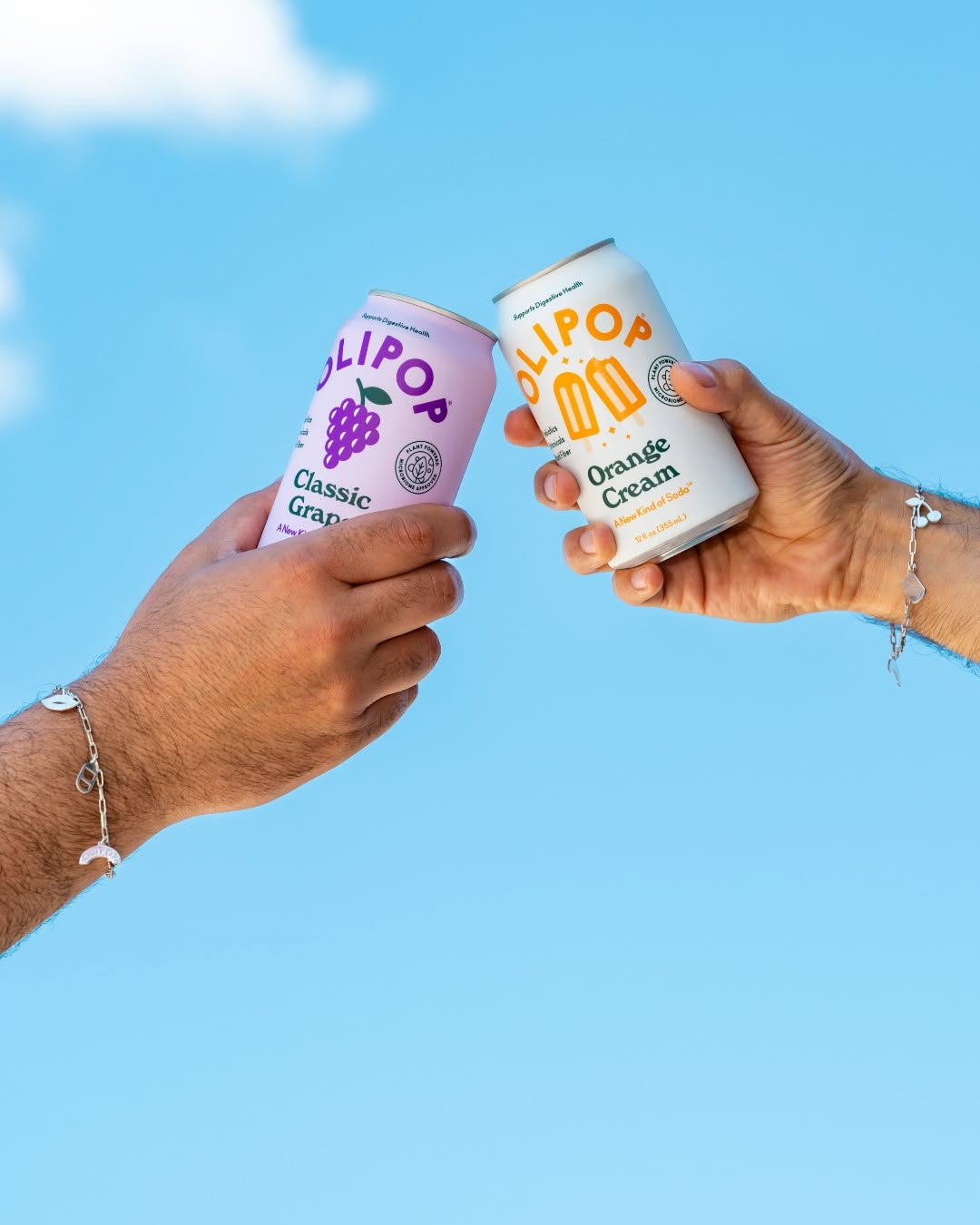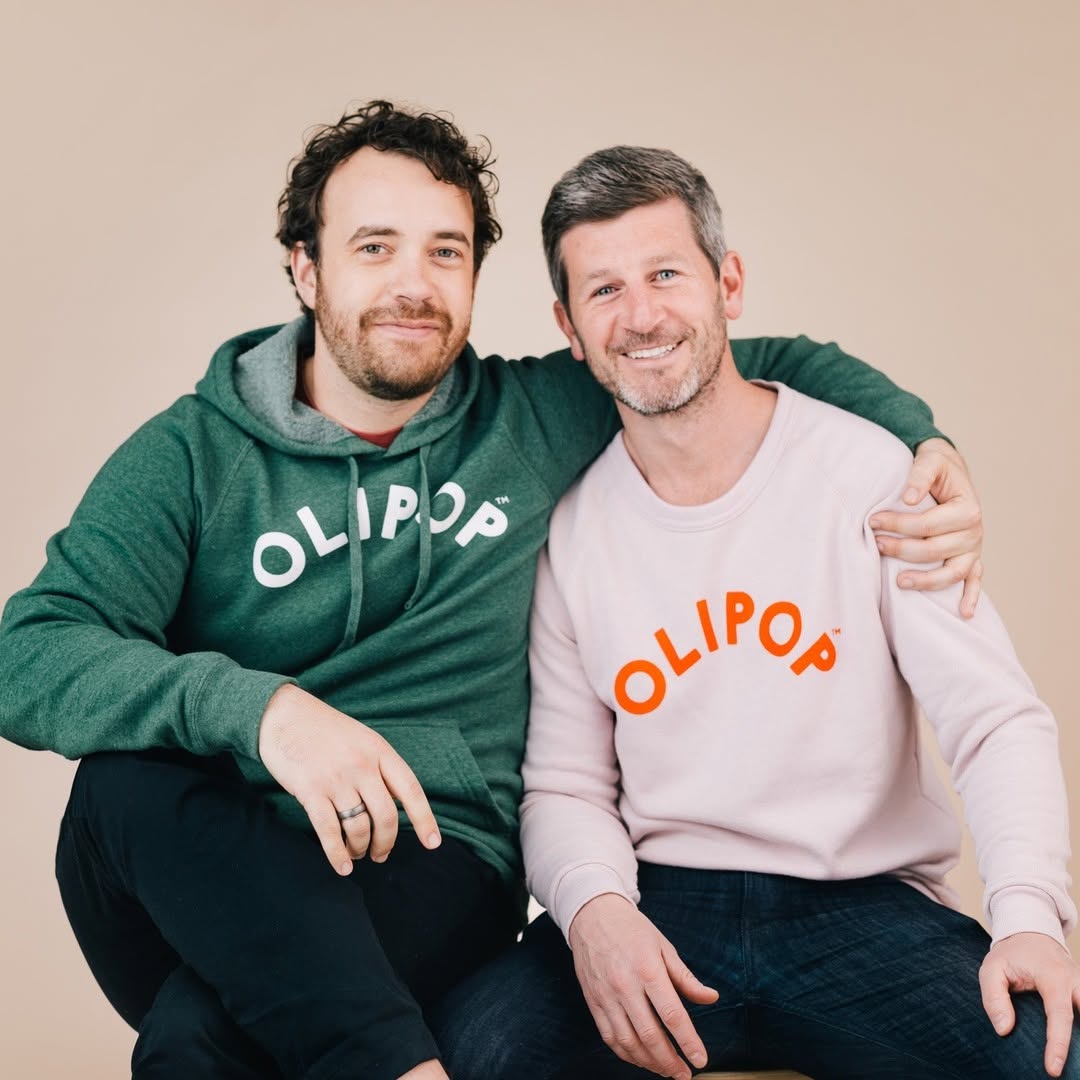From Home Lab to $2 Billion Brand: The Operational DNA of Olipop
What began in Ben Goodwin’s home kitchen has evolved into a powerhouse in the functional beverage world. Yet the real story isn’t just branding—it’s about how a lean startup built a robust operational backbone capable of sustaining explosive growth in a crowded market.
Building a Scalable Business Infrastructure
Recognizing that rapid store expansion demanded more than passion, Olipop partnered early with Propeller Industries to overhaul its finance and accounting systems. What started as QuickBooks grew into a full NetSuite–equivalent platform before the company raised significant funding. This setup gave the team granular forecasting, detailed cost analysis, and automation—crucial as they clicked upward to $1 million in weekly revenue. With this foundation, Olipop avoided common scaling pitfalls like inventory mismanagement and unsupported logistics.

@drinkolipop
Rare Profitability in CPG
In an industry where brands often chase growth at the expense of profitability, Olipop’s achievement of cash profitability in 2024 stands out . Their unit economics are transparent: co-packing, freight, packaging, ingredients, marketing, and overhead lay bare a breakeven floor. This discipline frees them from pressure to raise funds for survival, allowing funding—like the $50 million Series C led by J.P. Morgan Private Capital—to fuel opportunity and category dominance rather than mere expansion .
Operational Leadership: Goodwin and Landis
2025 marked a strategic governance shift. In February, Olipop brought on Melvin “Mel” Landis—formerly of Coca‑Cola and Clorox—as President. His mission: scale supply chains, refine commercial strategy, and prepare for international rollout . Meanwhile, co-founder David Lester stepped into an advisory role, freeing Landis and Goodwin to lead with clarity and definition.
Goodwin, meanwhile, remains the brand’s chief formulator and CEO, anchoring product innovation and brand authenticity. This leadership combo strikes a thoughtful balance: tactical scaling by Landis paired with studio-level product creativity from Goodwin.

Ben Goodwin & David Lester -Olipop founders
Crafting an Omnichannel Strategy
Olipop achieved remarkable traction: in a few short years, it expanded from a small California launch to over 50,000 retail locations, including major chains like Target, Walmart, Starbucks, and Costco . Initially reliant on DTC channels—especially through the pandemic—the brand quickly pivoted to grocery and convenience store distribution. Today, direct-to-consumer sales account for a minor share of revenue, while wholesale channels generate the volume necessary for continued profitability .
Positioned for Strategic Options
With a $1.85 billion valuation in its recent Series C round, Olipop now stands at an inflection point. Unlike tech startups that raise on future promise, Olipop’s funding reflects current profitability and deep category penetration. This positions them with true optionality—a future IPO, acquisition, or continued independent scaling are all viable paths forward.
Conclusion
Olipop’s journey holds lessons for any scaling consumer brand: Build robust infrastructure before growth outpaces control. Prioritize profitability to preserve choice and leverage during expansion. And define leadership roles around both product integrity and commercial execution.
By embracing digital finance tools, transparent cost structures, strategic leadership hires, and intelligently balanced channels, Olipop has elevated functional beverage from clever niche to a mainstream, profitable, and mature brand. And with growing capital and operational maturity, what once was a health-coded soda may soon become the benchmark for sustainable CPG success.
Related: The Visionaries Behind the World’s Fastest-Growing Wellness Brands













